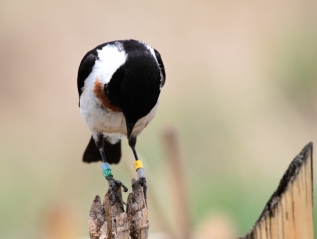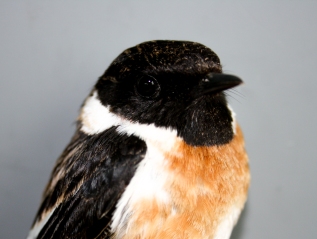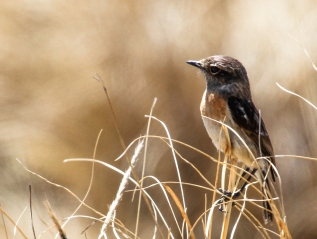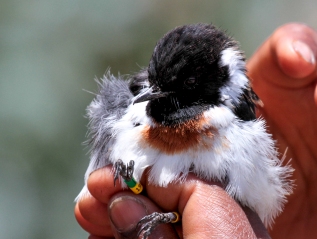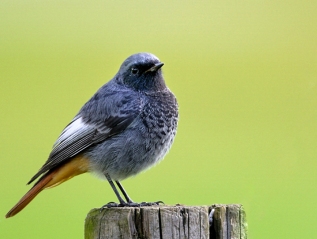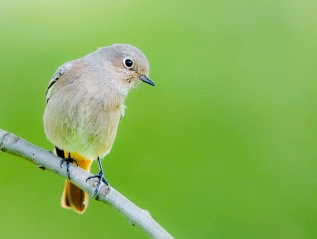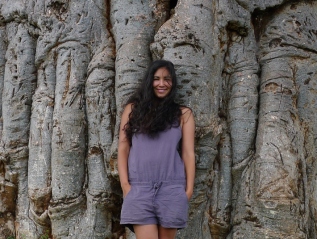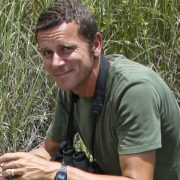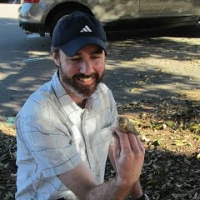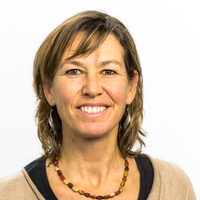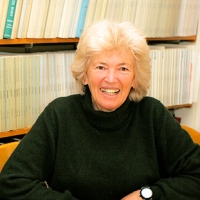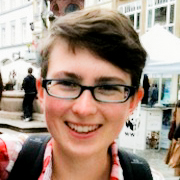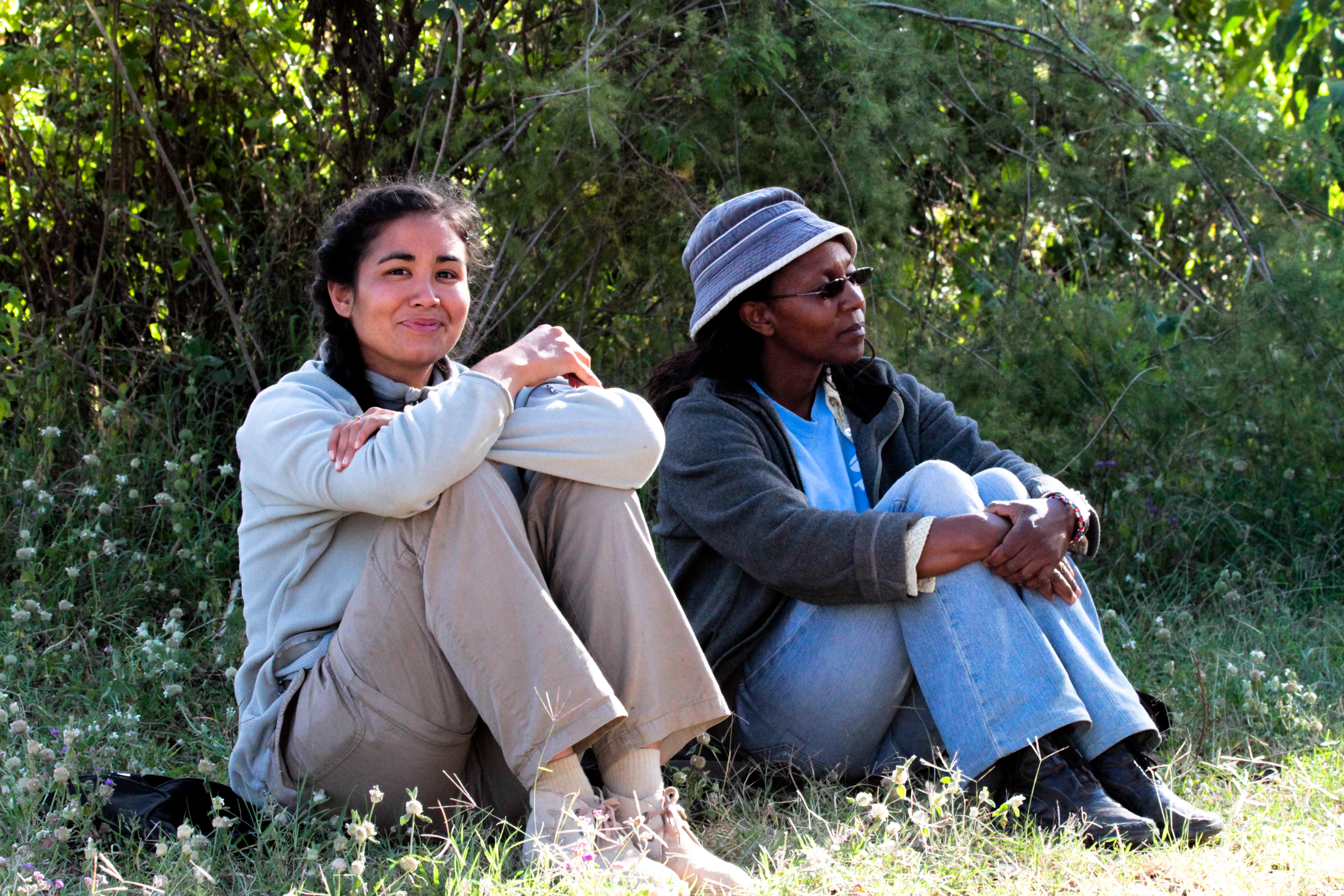About me
A little about what I do.
My work in journals
My life as an academic
My work in pictures
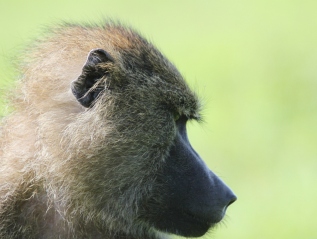
Olive baboons
A playful group of Olive Baboons, Papio anubis, Mount Meru, Arusha National Park, Tanzania, April 2013

Feeling tiny
feeling tiny… Serengeti Ndogo, Mount Meru, Arusha National Park, Tanzania, April 2013 it’s night…
Und jedem Anfang wohnt ein Zauber inne, der uns beschützt und der uns hilft, zu leben.
Hermann Hesse
Collaborators
People with whom I enjoy working together
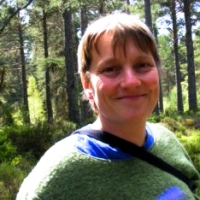 University of Glasgow
University of Glasgow
BAHCM
link
Living organisms are exposed to predictable, periodic change in their environments. Keeping track of and anticipating these fluctuations is often highly relevant for well-being, reproduction and survival. Chronobiology, the study of adaptations to cope with geophysical cycles, has revealed an almost ubiquitous presence of endogenous (more…)
Barbara Helm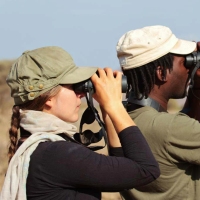 University of Glasgow
University of Glasgow
BAHCM
link
Bea’s work focuses on the physiological (mainly hormones, i.e. testosterone and corticosterone) and genetic differences (e.g. telomeres) between tropical and temperate-zone species that underlie differences in pace of life (slow versus fast). Her model species is the stonechat.
Chimala Wildlife Conservation Club
In and out of Tanzania
Max Planck Institute for Ornithology
Behavioural Neurobiology
link
Many behavioral and physiological responses of animals to predictable and unpredictable changes of the environment are modulated and mediated by hormones. Wolfgang is3 interested in the role of hormones in the control of seasonal behaviors, their modulation in response to predictable and unpredictable changes of the environment, and how the (more…)
Wolfgang Goymann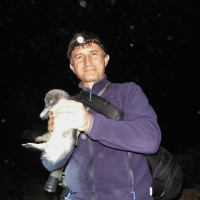 Oviedo University, Campus of Mieres
Oviedo University, Campus of Mieres
Research Unit of Biodiversity
link
Juan Carlos’ research lies within ecology and evolution in island systems in a broad sense (i.e. oceanic islands and mountains). Especially, he is interested in understanding the evolutionary history and mechanisms in the differentiation of extant and extinct bird populations, and ascertain the biological reasons of their distributions. Furthermore, he also (more…)
Juan Carlos IlleraNorth Dakota State University
Department of Biological Sciences
link
Tim’s research is aimed at understanding how animals integrate environmental signals, time seasonal transitions, and/or the selective pressures shaping seasonality of temperate breeding birds. To address these issues will require interdisciplinary research focused at multiple levels of analysis, including examination of gene and protein expression patterns, (more…)
Timothy GreivesMax Planck Institute for Ornithology
Research Group Evolutionary Physiology
link
Ela’s main research interest is in trying to understand the ways in which animals are physiologically organized depending on the environment in which they live. She focuses on three physiological systems: i) reproduction, ii) endocrine control mechanisms, and iii) the circadian system. To study physiological adaptations, she compares bird populations across (more…)
Michaela HauUniversity Princeton
Ecology and Evolutionary Biology
link
Rosemary is interested in the diversity of individuals produced by the interaction between genetics, ecology and behavior. How natural selection acts on this variation; the evolutionary response to natural selection and the bearing this has on the process of speciation. A fundamental problem in the study of evolution is to understand the steps (more…)
B. Rosemary GrantUniversity of Glasgow
BAHCM
link
How do populations of organisms change in space and time? Jason is interested in modelling the patterns and mechanisms that characterise spatial and population ecology. Much of his work has focused on building theory by translating biological hypotheses to mathematical models, using modern inference to fit these models to population, demographic, (more…)
Jason MatthiopoulosMax Planck Institute for Ornithology
Migration and Immuno-Ecology
link
There is a tight relationship between the realized ecological niche of a species and its spatial distribution, which is used frequently in the study of spatial patterns, diversity and conservation. And although the ecological niche seems to be stable in certain scales of time and space, a species and its environment are usually not at equilibrium. Life-history stages of a (more…)
Mariëlle van Toor